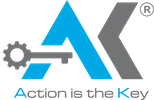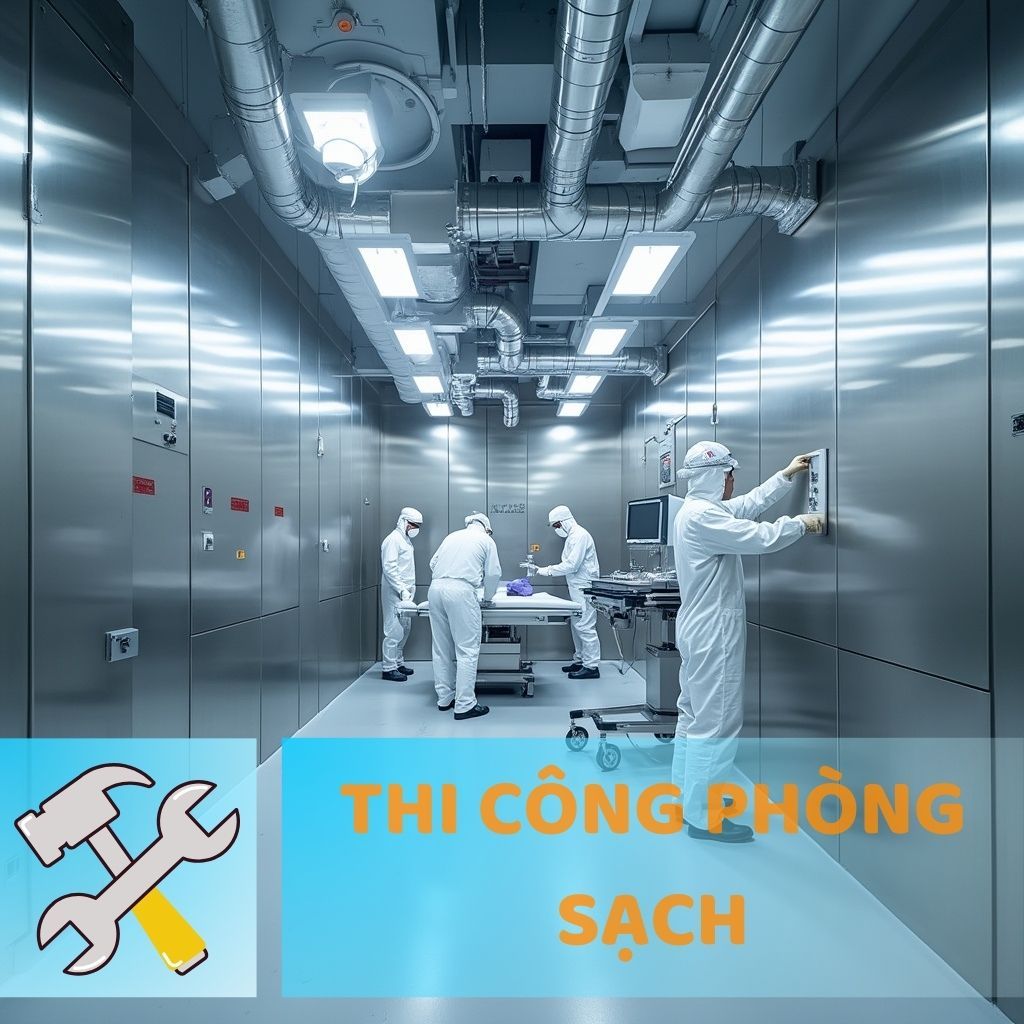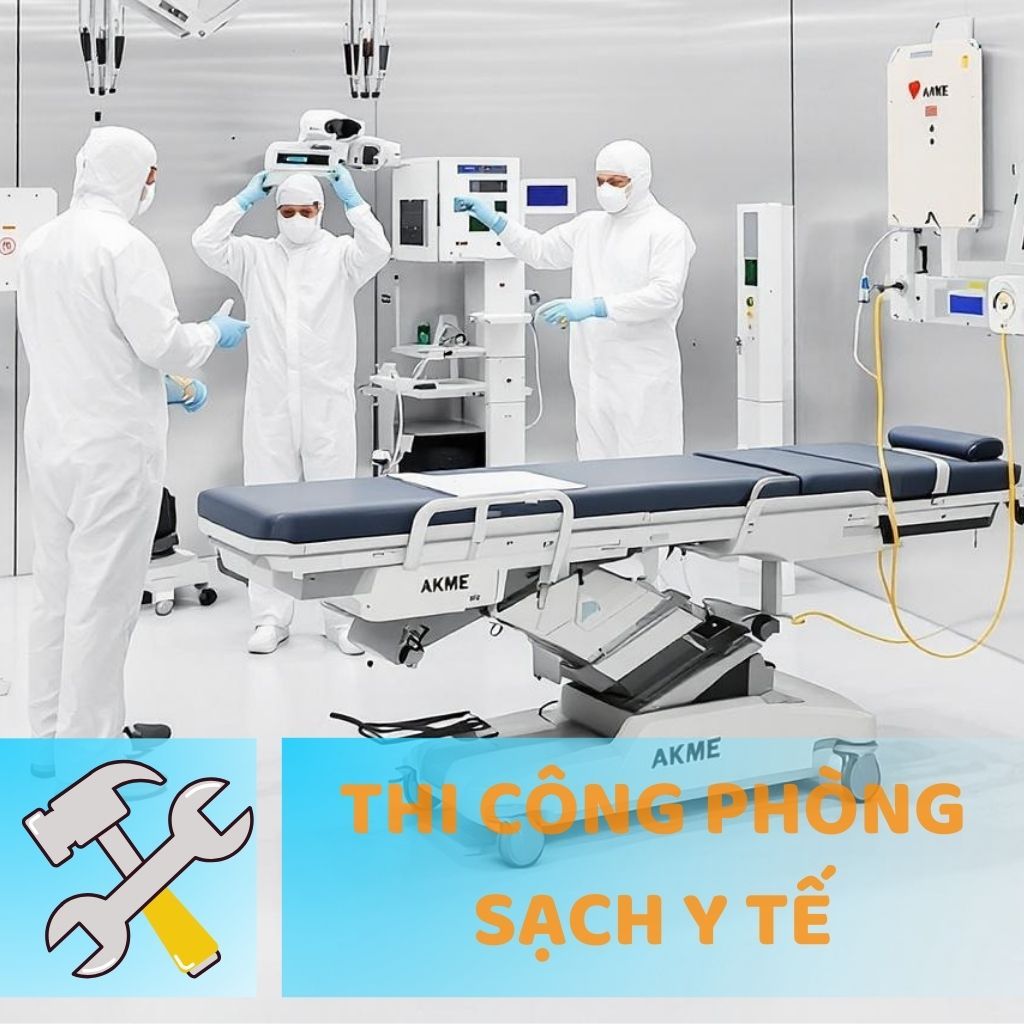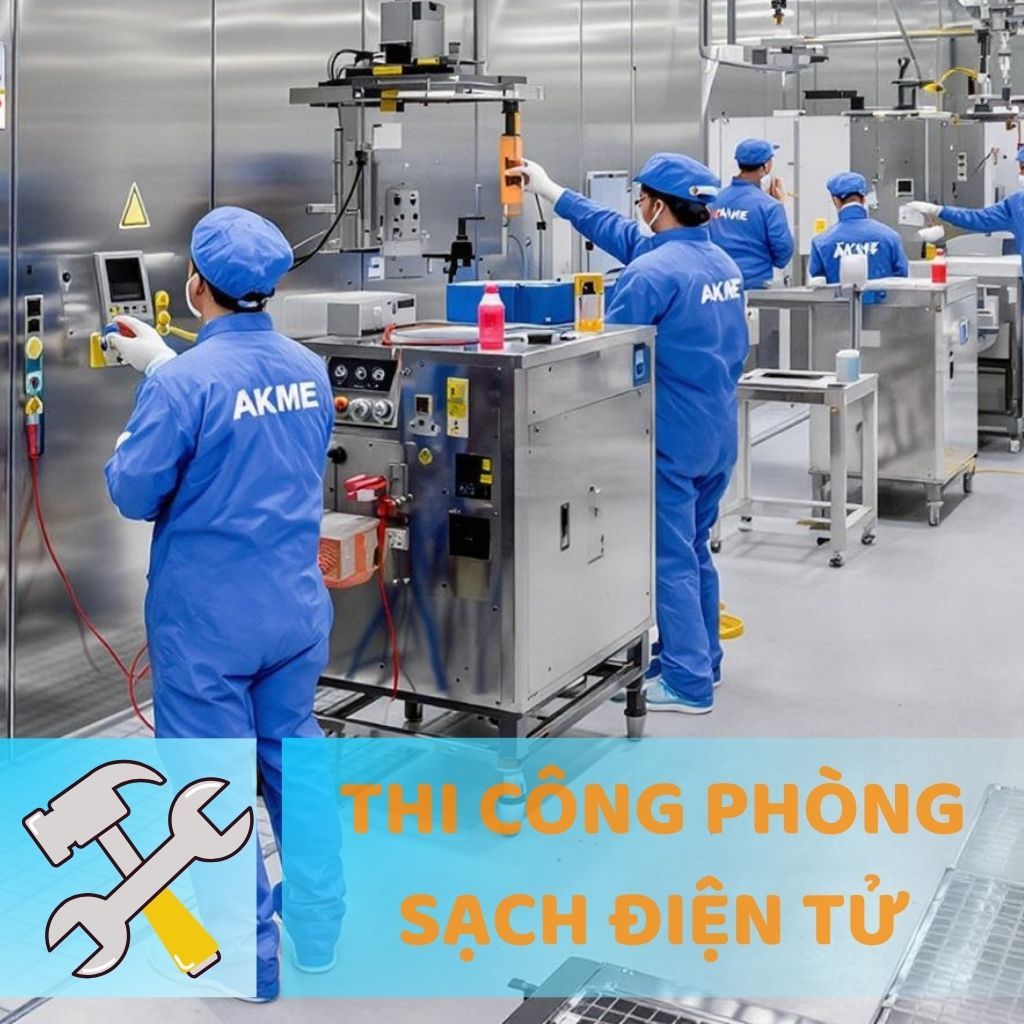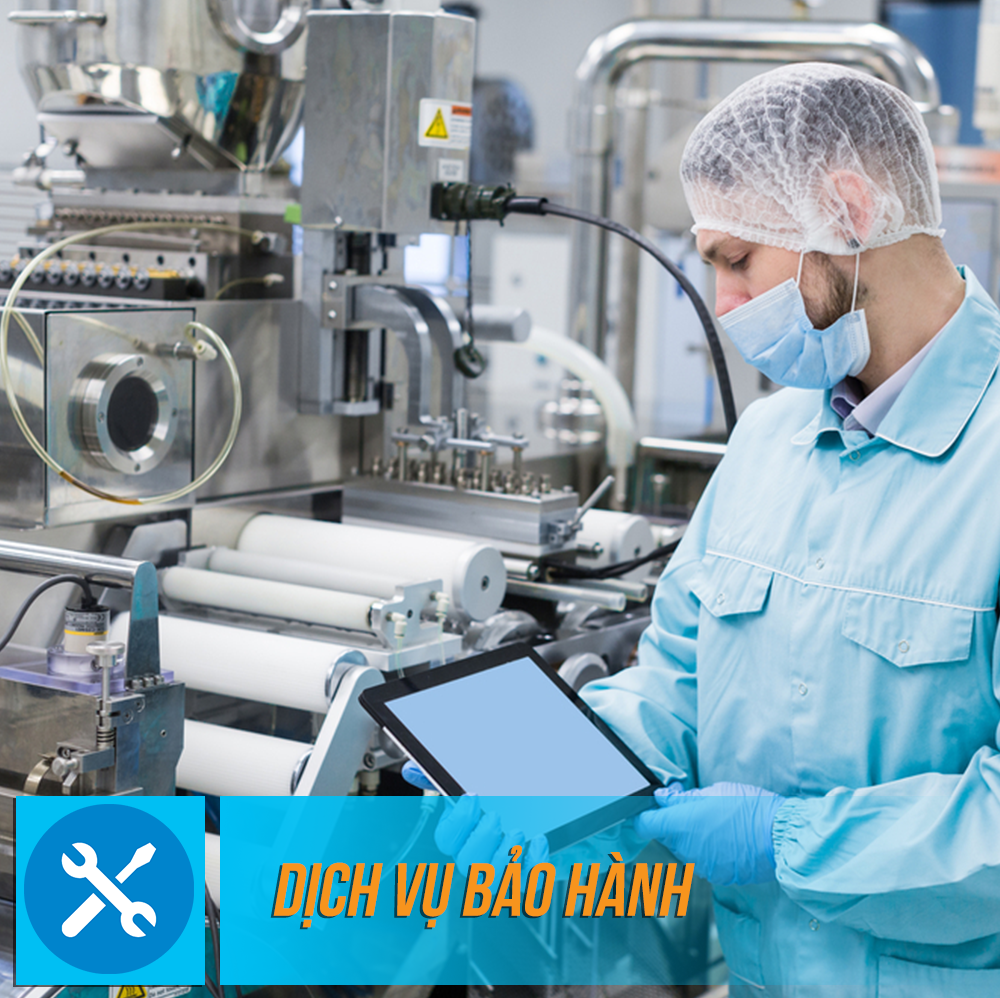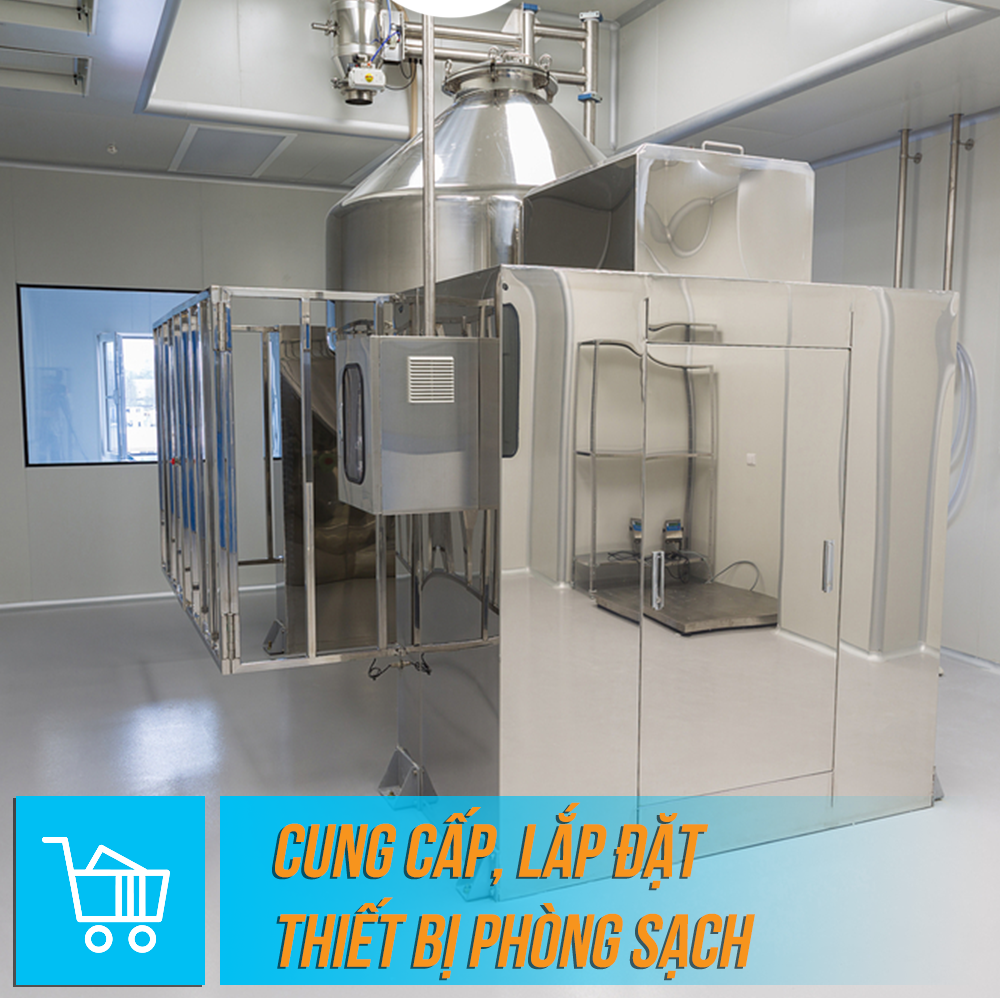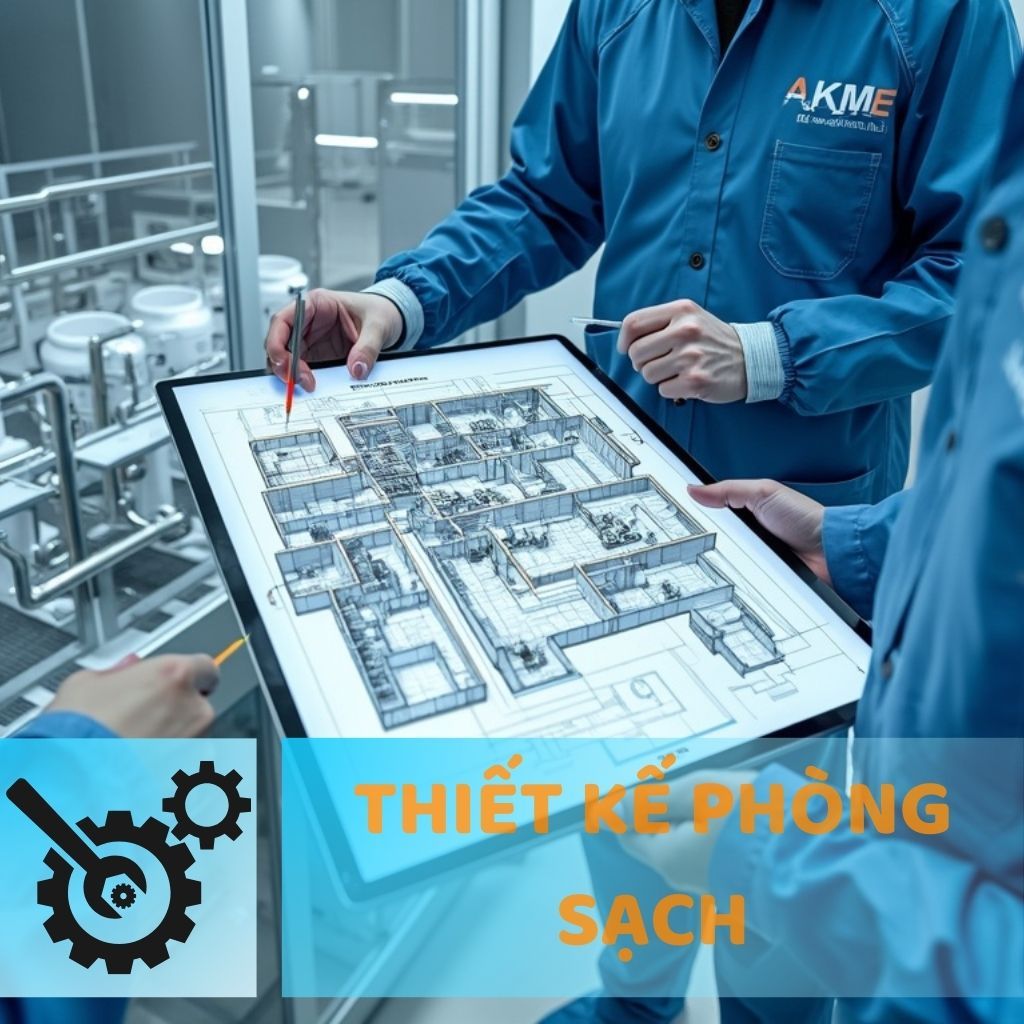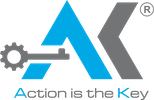Requirements for Cleanroom Equipment Meeting EU GMP Standards
15:51 - 25/02/2025 1160
Specialized requirements for EU GMP compliant cleanroom equipment, including design, materials, cleaning, disinfection, validation, and risk management, ensure optimal product quality in the pharmaceutical and food industries.
EN 1822 standard for HEPA H13, H14, and ULPA U15 filters
ISO 14644-6:2007 (National Standard TCVN 8664-6:2011)
ISO 14644-5:2004 - Cleanroom Standard
Everything You Need to Know About ISO 22000
In the context of the pharmaceutical, food, and medical product manufacturing industry increasingly demanding high quality and absolute safety, the EU's GMP (Good Manufacturing Practices) standard has become a mandatory guideline. Cleanroom equipment is a crucial component in maintaining a production environment that meets this standard. The following article will provide a comprehensive overview of the special requirements for cleanroom equipment that meets EU GMP standards, from design, materials to cleaning, disinfection, validation, and risk management processes.
- Overview of EU GMP Standards and the Role of Cleanroom Equipment
1.1. What is EU GMP?
The EU GMP (Good Manufacturing Practices) standard is a set of strict regulations and guidelines issued by the European Union to ensure that products are consistently produced to a high quality and are safe for users. GMP applies not only to pharmaceutical products but also to food products, cosmetics, and medical devices.
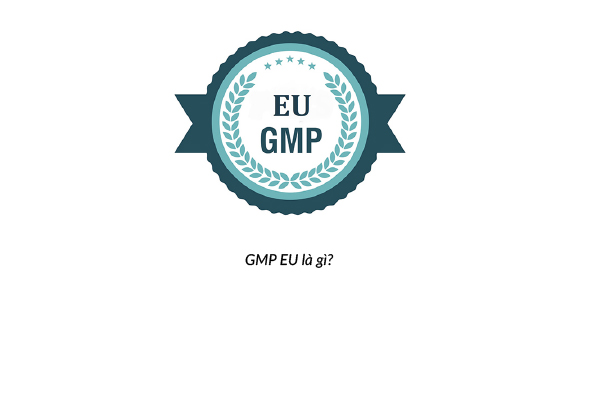
1.2. The role of cleanroom equipment in production
Cleanroom equipment used in the production environment must ensure that the space is controlled in terms of air quality, temperature, humidity, and other related factors. This helps prevent contamination, protects the production process, and maintains product quality according to EU GMP requirements. An effective cleanroom system is also a key factor in building trust with customers and regulatory agencies.
- Design and Material Requirements for Cleanroom Equipment
2.1. Optimized and Simple Design
To ensure that the cleaning and disinfection process is carried out effectively, cleanroom equipment must be designed with the following criteria:
- Simple structure: The equipment should have a minimalist design, limiting joints, corners, and complex surfaces. A simple structure minimizes dirt traps and is easy to control.
- Smooth and continuous surfaces: All surfaces in contact with the production environment must be finished smoothly, without gaps or folds. This not only facilitates the cleaning process but also limits the adhesion of dirt and bacteria.
2.2. Safe Materials That Can Withstand Cleaning Procedures
Choosing the right materials is a key factor in the design of cleanroom equipment:
- Compatibility with cleaning solutions: The types of materials used must be able to withstand the effects of strong disinfectants and cleaning solutions, without being corroded or changing their properties.
- Durability and heat resistance: Materials must be able to withstand high-intensity cleaning processes as well as sudden temperature changes without deformation or functional decline.
- Non-reactivity: Materials should be chosen so that they do not react chemically with the product or solutions used in the production process, avoiding undesirable by-products.
- Effective Cleaning and Disinfection Process
3.1. Standard Cleaning Procedure
One of the important factors of cleanroom equipment is the ability to be thoroughly cleaned:
- Easy to disassemble and clean: The design of the equipment should allow parts to be easily disassembled for deep cleaning, ensuring no residual dirt and microorganisms.
- Using modern technology: Applying technologies such as self-cleaning surfaces, UV treatment, or automatic washing systems will help the cleaning process achieve high and stable efficiency.
3.2. Standardized Disinfection Procedure
- Selection of disinfectants: Chemicals need to be carefully selected to ensure disinfection effectiveness without leaving harmful residues that affect the product.
- Follow a predetermined procedure: Each step in the disinfection process must be carried out according to the validated procedure and the test results recorded. This ensures consistency and reliability of the cleaning process.
- Effectiveness assessment: After each disinfection cycle, periodic checks (e.g., microbiological testing) should be conducted to assess the cleaning and disinfection effectiveness of the equipment.
- Qualification, Calibration, and Quality Control
4.1. Qualification Process
Before being put into use, cleanroom equipment needs to undergo rigorous qualification stages:
- Initial equipment qualification: Includes a comprehensive check from design to manufacturing to ensure all technical specifications meet EU GMP standards.
- Operational performance evaluation: Testing the equipment's ability to operate under actual environmental conditions, thereby identifying factors that need improvement.
4.2. Periodic Calibration and Maintenance
- Periodic calibration: Equipment needs to be calibrated on a regular schedule to ensure that all operating parameters are always within the allowable limits.
- Regular maintenance and inspection: Periodic maintenance not only helps extend the life of the equipment but also ensures continuous hygiene safety for the production environment.
4.3. Internal Control System
- Monitoring the production environment: Cleanroom equipment needs to integrate sensors to monitor temperature, humidity, air pressure, and air quality. This helps monitor and maintain a stable production environment.
- Timely response: An automatic warning system helps detect abnormal signs early, allowing for timely intervention and avoiding product quality risks.
- Risk Management and Documentation
5.1. Risk Assessment and Management
- Identify risk points: During operation, it is necessary to assess and identify points at risk of contamination or causing quality incidents.
- Establish preventive measures: Based on the risk assessment results, preventive measures such as changing cleaning procedures, improving design, or adding control systems will be implemented to minimize risks.
5.2. Documentation and Management
- Detailed process recording: All activities from design, manufacturing, installation, maintenance to calibration need to be fully recorded.
- Traceability: A transparent document storage system makes it easy to trace the origin of products, supporting inspection and verification when needed.
- Meeting regulatory requirements: Maintaining complete and accurate records not only ensures internal compliance but also helps meet the inspection requirements of national and international regulatory agencies.
- Benefits and Challenges of Applying EU GMP Standards
6.1. Benefits of Using Cleanroom Equipment that Meets EU GMP Standards
- Improved product quality: Ensuring that the production environment always meets standards helps minimize the risk of contamination, thereby improving the quality of the final product.
- Increased customer confidence: Products manufactured in a strictly controlled environment and meeting GMP standards will build strong trust from consumers as well as business partners.
- Compliance with legal regulations: Companies applying EU GMP standards help ensure compliance with legal regulations, avoiding legal risks and unwanted penalties.
- Improved production efficiency: The integration of monitoring and internal management systems helps businesses detect and handle incidents in a timely manner, improving production efficiency and optimizing operating costs.
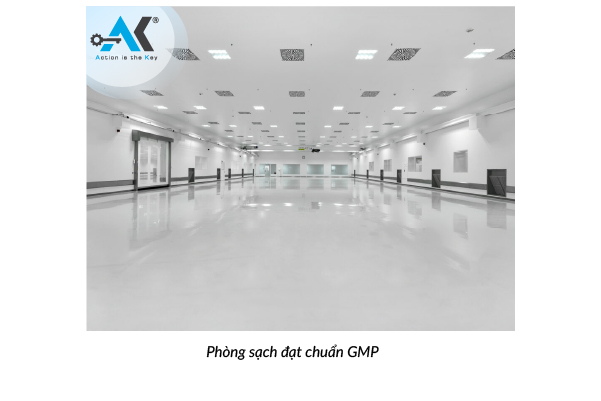
6.2. Challenges and Solutions
- High initial investment costs: Applying EU GMP standards requires businesses to invest in technology, equipment, and intensive staff training.
Solution: Businesses can implement in stages, focusing on areas with high risk levels first, then expanding application across the entire production system. - Requires technical expertise: Maintaining and operating cleanroom equipment requires a team of technicians with in-depth knowledge of cleaning, disinfection, and production environment management systems.
Solution: Regular training and cooperation with reputable equipment suppliers to ensure effective technology transfer and operating experience. - Strict documentation management requirements: Recording, storing, and retrieving documents must comply with standard procedures, creating additional workload for the quality management department.
Solution: Using specialized document management software helps automate the process, minimize errors, and ensure consistency.
- Some Practical Examples of Cleanroom Equipment Meeting EU GMP Standards
To illustrate the technical requirements and application procedures, here are a few practical examples in the manufacturing industry:
- HEPA air filtration system:
HEPA air filters are designed to remove up to 99.97% of small dust particles and bacteria. This system is integrated into cleanrooms to ensure that the air always meets purity standards, meeting EU GMP requirements. - Automatic washing and disinfection equipment:
In some pharmaceutical manufacturing plants, automatic washing equipment is equipped with sensors and modern control systems, ensuring that the cleaning and disinfection process is carried out uniformly and effectively according to a predetermined cycle. - Continuous environmental monitoring system:
Many manufacturing facilities have integrated temperature, humidity, and air pressure sensor systems into the control center, allowing for real-time monitoring and early warning when deviations occur, thereby ensuring that all production activities are always within the allowable limits.
- Conclusion
Achieving EU GMP standards is not only a mandatory legal requirement but also a company's commitment to product quality and safety. Cleanroom equipment designed and operated according to EU GMP standards must ensure:
- Optimized design and suitable materials: Helps the cleaning and maintenance process to be carried out quickly and efficiently.
- Strict cleaning and disinfection procedures: Ensure the complete removal of contaminants and impurities.
- Qualification, calibration, and quality control: Helps monitor and maintain production standards at a high level.
- Risk management and complete documentation: Facilitates traceability and verification when needed.
Although the initial investment and high technical expertise requirements may be challenging, in the long run, a cleanroom system that meets EU GMP standards will significantly contribute to improving product quality, building customer trust, and ensuring compliance with legal regulations. Therefore, applying and maintaining these standards is an indispensable strategic step for all businesses in the pharmaceutical and food manufacturing industry.
We hope this article has provided you with an overview and detailed information on the special requirements of cleanroom equipment that meets EU GMP standards. If you have any questions or need further advice on the GMP application process, please contact experts in the industry for timely support.
For CONSULTATION - DESIGN - CONSTRUCTION of cleanrooms, please contact:
 | ANH KHANG MECHANICAL ELECTRICAL CLEANROOM JOINT STOCK COMPANY Hotline: 1900 636 814 - 0902 051 222 Email: info@akme.com.vn Website: akme.com.vn Add: Lot B7 - Xuan Phuong Garden - Phuong Canh - Nam Tu Liem - Hanoi. |
12:05 - 28/11/2019 47535
Cleanroom Design and Construction
14:05 - 11/03/2025 20250
GMP and ISO Standard Cleanroom Construction
14:18 - 11/03/2025 12060
ISO Standard Medical Cleanroom Construction
14:13 - 28/02/2025 23047
Electronics Cleanroom Construction
16:15 - 18/03/2021 4704
Warranty Service
16:26 - 28/11/2019 17715
Supply and installation of cleanroom equipment
14:50 - 26/11/2019 5983
Technology Production Line Consulting
16:35 - 19/03/2025 18305
